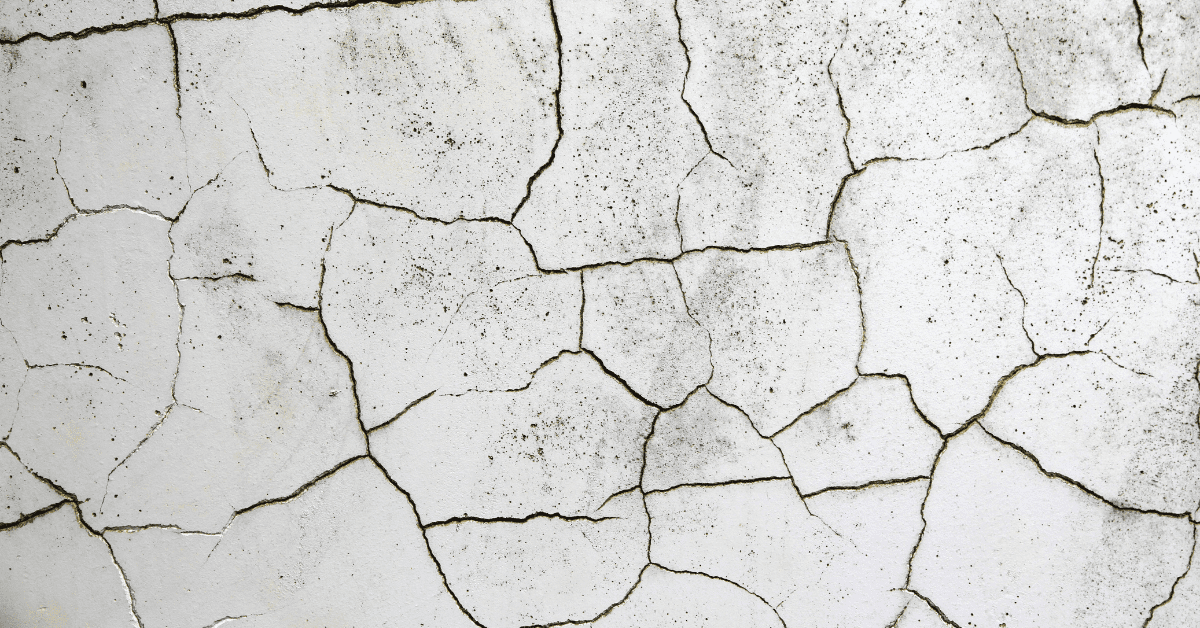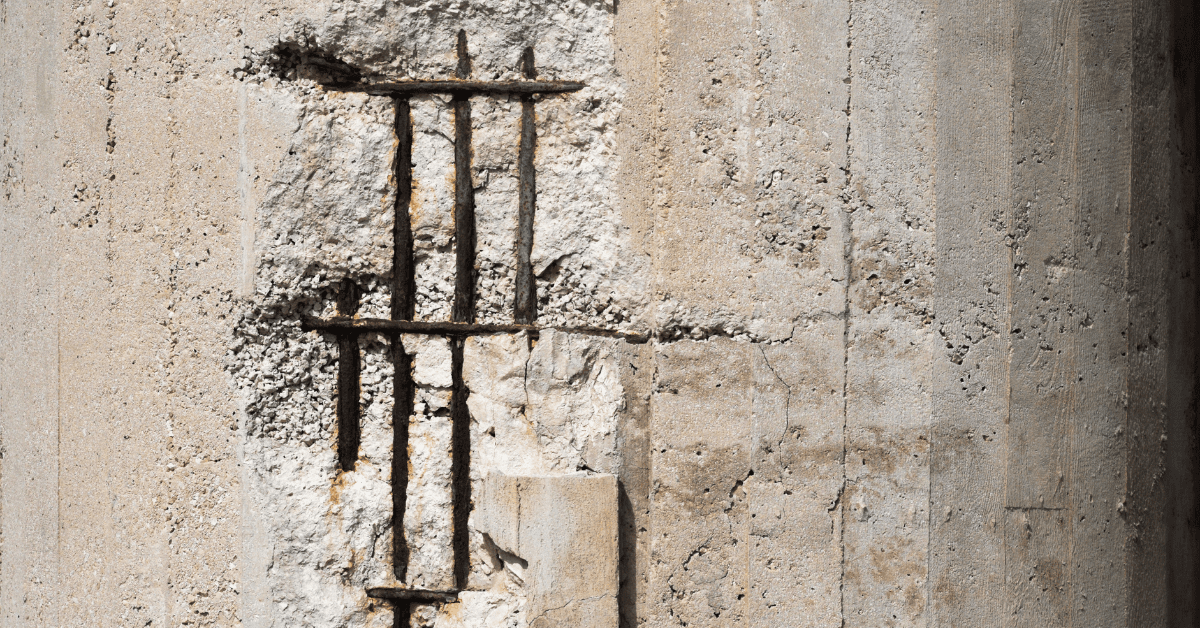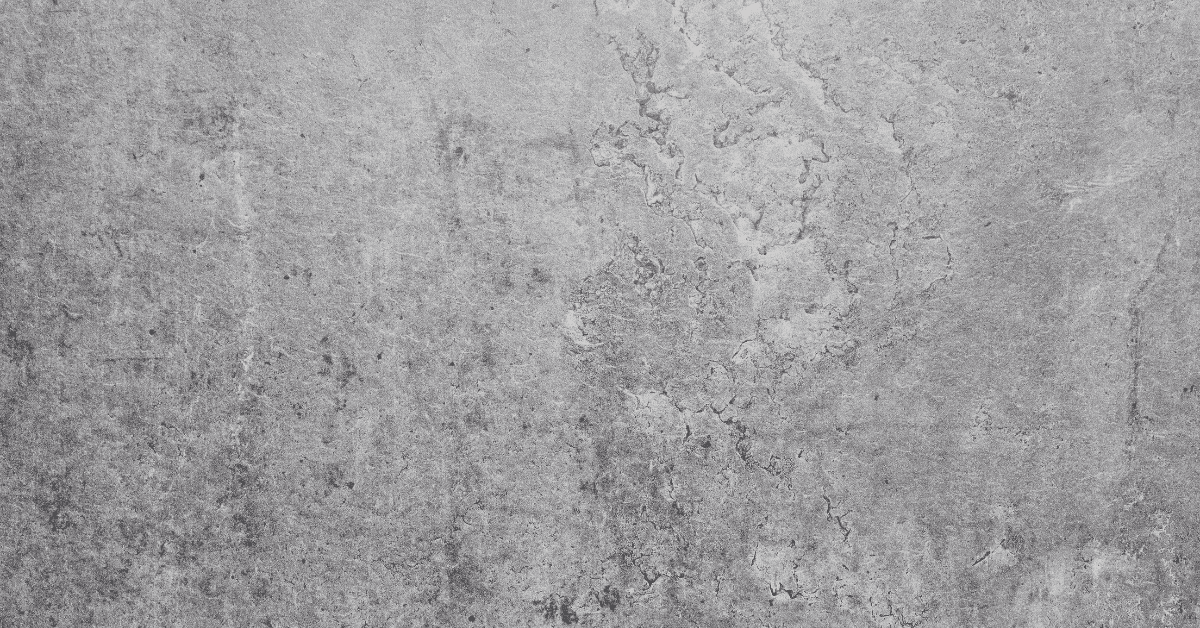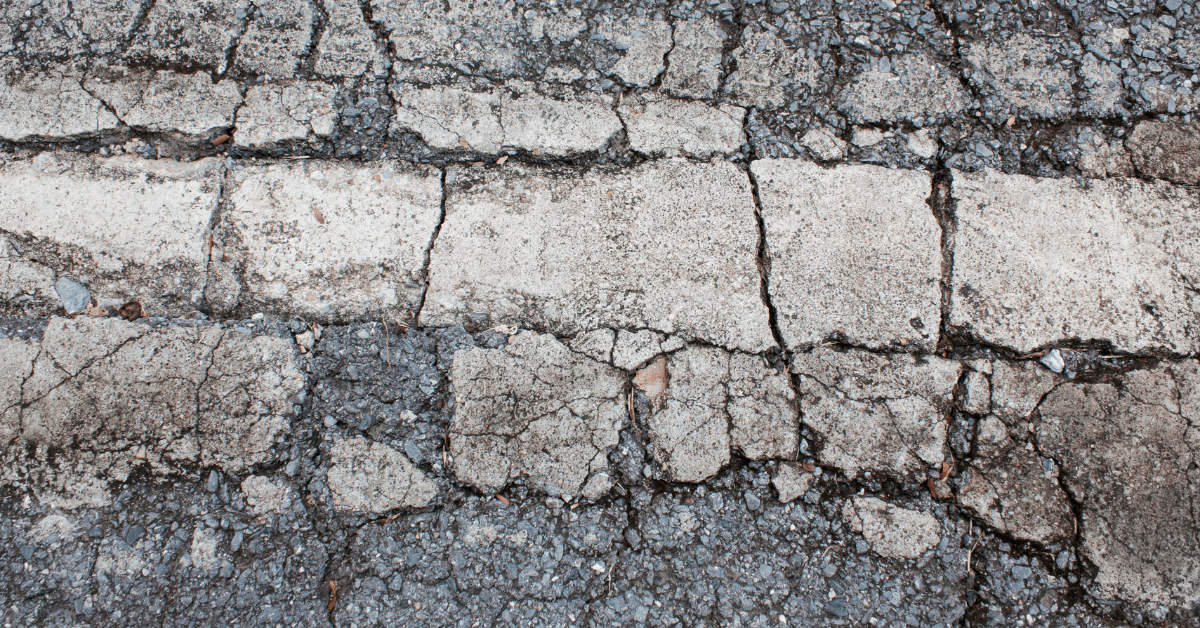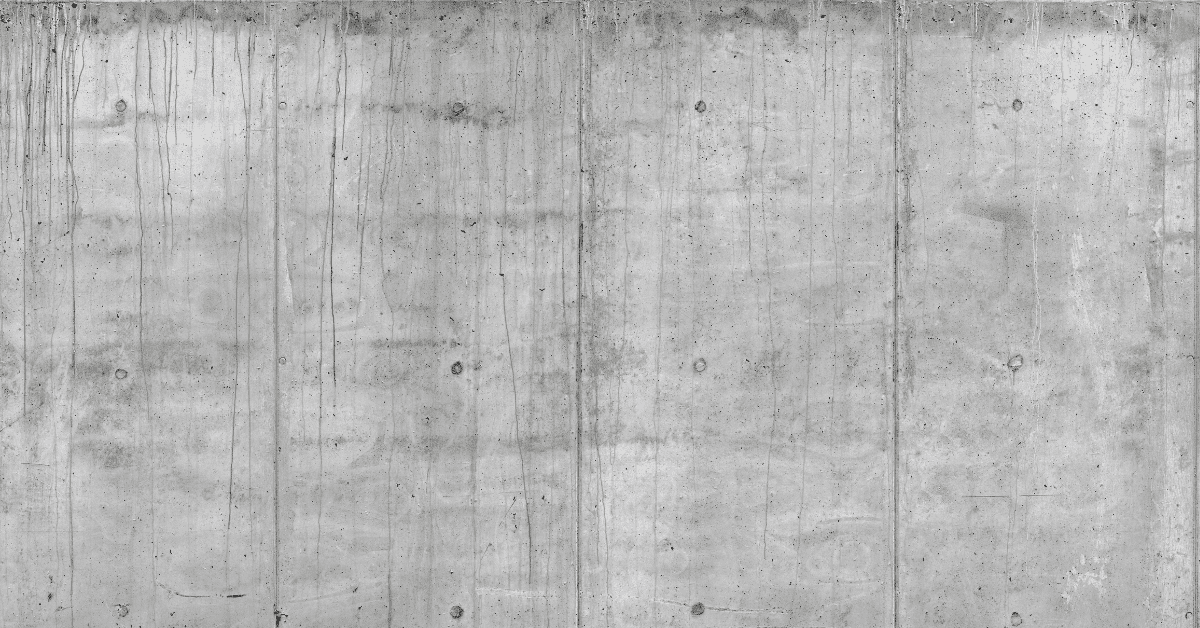What Is Concrete Cancer?
How to prevent concrete cancer
Concrete cancer, also called alkali-silica reaction (ASR), is a serious problem that can damage or destory structures made of concrete.
This blog explains what concrete cancer is, its causes and signs of concrete cancer with examples of when it has caused damage and how to prevent it.
What is concrete cancer?
When concrete is used in building material it is reinforced using steel. Concrete slabs, beams and columns are all supported by steel bars or mesh that is encased inside of the concrete.
However, steel rusts over time when exposed to air and water.
Concrete is a porous material, meaning it absorbs elements around it including moisture.
Thus, this moisture wears on the steel and causes it to rust and corrode over time.
Because of corrosion, the steel expands and deforms.
As the steel expands it damages and breaks apart the concrete. As more metal is exposed to the elements, this rapidly speeds up the problem.
Eventually, this weakens the entire structure until it is vulnerable to collapse.
This process is known as concrete cancer.
Signs of alkali-silica reaction
There are several key signs you will notice when ASR sets in.
1. Concrete crazing
Crazing is when the surface of concrete becomes covered in a web of fine cracks.
This is the result of exposure to moisture and the metal inside expanding.
2. Crumbling conrete
ASR quickly causes concrete to crumble apart.
Structures quickly become unstable and dangerous as the concrete disintegrates.
3. Exposed and rusted metal in concrete walls
Another tell-tale sign of ASR is when you see rusted metal bars sticking out of the concrete.
Often the concrete itself will look worn down and be crumbling.
4. Leaks or moisture coming out the walls
Concrete cancer is caused by moisture.
As such, moisture or water leaking from concrete walls can signify the existence of ASR.
This moisture can manifest as bubbling or uneven surfaces on the concrete renders.
Causes of Concrete Cancer
There are several causes of concrete cancer.
1. Damage to concrete
When concrete is damaged by wear and tear or from bearing weight, this allows moisture to penetrate and react with the steel.
Concrete should instead be properly maintained.
2. Poorly made concrete
Concrete which was poorly mixed or not poured properly is prone to ASR.
This is because defective concrete is more likely to be filled with holes and cracks that allow for moisture to seep into the metal.
3. Poorly made steel
Also, steel is reinforced to protect it from moisture.
If steel is not adequately reinforced, it will be more vulnerable to rusting.
4. Steel is too close to the surface
Steel bars that are too close to the surface of the concrete are more likely to be impacted by moisture.
Instead, the steel bars or mesh should be further from the surface to offer more protection.
5. Incompatible metals
In construction, sometimes concrete is combined with more than one type of metal.
However, not all metals are compatible.
For example, copper and some types of steel when used together cause an accelerated rate of corrosion.
Preventing concrete cancer
You should seek to ensure your concrete is waterproof.
When you are having concrete poured, inquire about a waterproof admixture.
Ensure sealers are properly applied and replaced in accordance with the guidelines. Be sure to read instructions when applying sealant or consult experts.
If your concrete is already set, you can consider getting a waterproof membrane sheet installed over the concrete surface.
Ultimately, the best method to prevent ASR is proper maintenance and care of your concrete.
Fixing concrete cancer
If the damage is too bad, the steel and concrete in a structure may need to be replaced. In some cases, buildings and structures have been demolished.
There are many examples of famous structures in Australia that have been demolished due to concrete cancer.
Examples of this include the Adelaide Festival Centre, the Manly Surf Pavilion, coastal buildings on the Gold Coast and more.
If the damage is not as severe, you might consider a polymer-modified repair solution.
This involves removing the concrete around the bars/mesh, cleaning the steel, and applying both a steel primer as well as a polymer-modified material.
Alternately, electrochemical treatment options are available if your building has concrete cancer due to being too close to the ocean.
Once concrete cancer has been fixed, ensure that finishes, paints and protective coatings have all been reapplied.
Contact us today
For more helpful advice and tips, visit our website or contact us on 07 3807 0122.

